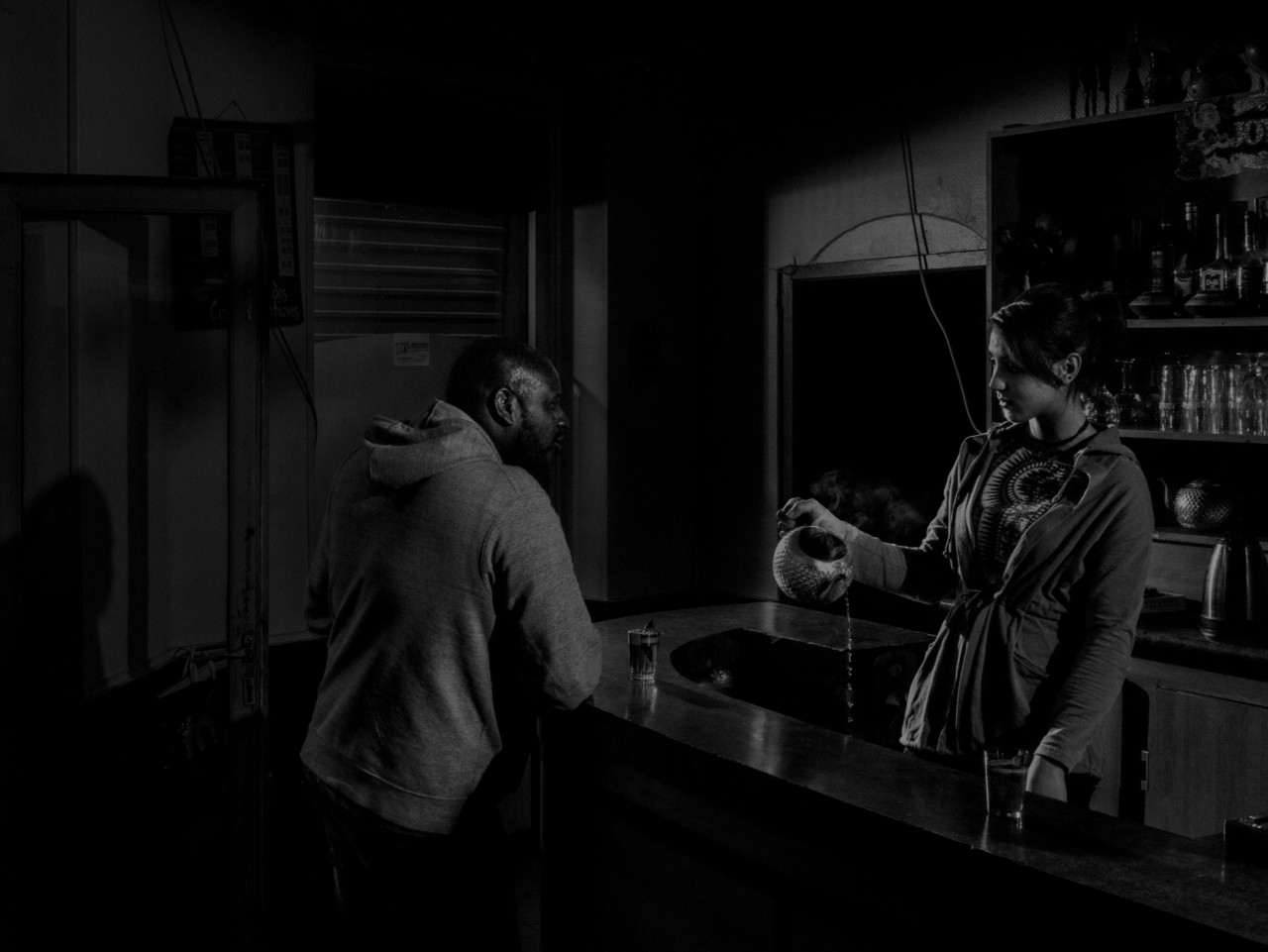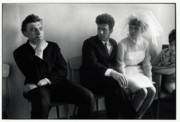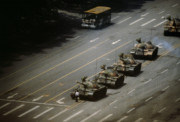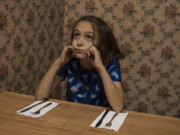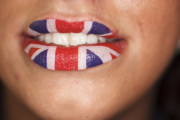Revisiting Ambiguity
Analysing three photographs —by Elliott Erwitt, Dora Maar, and Alex Majoli— Stuart Franklin examines uncertainty in photography
Stuart Franklin’s new book, ambiguity revisited, explores the myriad ways in which images communicate with viewers, focusing on the liminal spaces where a viewer’s interpretations can diverge. Here – with reference to work by Elliott Erwitt, Dora Maar, and Alex Majoli– Franklin introduces the ideas key to the book. Learn more about, and purchase ambiguity revisited, here.
There are countless routes into the subject of ambiguity in photography. John Berger followed one in Another Way of Telling (1989) by focusing in on ambiguity as discontinuity. He saw that the strange and unique thing about a photograph is that, in Berger’s own words, “Every photograph leaves us with two messages: a message concerning the event photographed and another concerning the shock of discontinuity.” “All photographs are ambiguous,” Berger continues. “All photographs have been taken out of a continuity … Discontinuity always produces ambiguity. Yet often this ambiguity is not obvious, for as soon as photographs are used with words, they produce together an effect of certainty, even of dogmatic assertion.”
This is a complex paragraph, firstly because photographs are viewed as isolated entities rather than edited selections from a roll of film or a series; secondly because words are seen to produce “an effect of certainty” which – I suggest – is debatable. I am going to discuss three photographs to introduce my new book, Ambiguity Revisited: Communicating with Pictures. The book draws from William Empson’s (1936) Seven Types of Ambiguity – a work wholly concerned with ambiguity within English literature. I have expanded the canvas to include photography, painting and sculpture and I discuss a range of questions that ambiguity throws up in the world of visual communication, such as the poetic image; the hidden political, psychological or emotional message; the problems surrounding time; the enclosed space of the frame, or gallery wall; and the problems of intertextuality: the borrowing and sharing of visual precepts, and so forth.
Let’s just settle on three images. One is Elliott Erwitt’s (1967) Registry office, Bratsk, Siberia where I will discuss ambiguity as discontinuity. The others are Dora Maar’s (1934) Untitled (Beggar, London) and Alex Majoli (2017) Scene #4582. A bar in Courneuve, France.
For as long as I can remember I been captivated by Elliott Erwitt’s (1967) Registry office, Bratsk, Siberia. The varied expressions of the four characters, seated as if in some Russian fringe stage set, remain as fixed points in my personal photo-gallery. The figure on our left confounds us with his enigmatic smile, which plays off against the bride’s admonishing stare. Questions occur to me, such as “What does he know?’ “What has just been said?” The photograph conforms classically to Berger’s reading of ambiguity as discontinuity, and that is what shapes its allure.
We, the spectator, are asked to dream, to fill in the gaps left between the lines of an imagined story. The writer Umberto Eco might have described the photograph as an opera aperta – an open work – there for the viewer to interpret or unravel. The truth is that situations are rarely photographed singly but are edited to appear that way. Perhaps we prefer to be left to construct a past and future of our own, like the figures in Plato’s cave, watching the flickering shadows of passers-by distended on the walls.
How does it feel to see the ensuing moments, the next frames? I greeted the contact sheet, kindly sent from Elliott’s studio, with mixed emotions. On the one hand I was delighted to see what happened next, yet disappointed that a moment once treasured as forever fixed was so transitory. In fact, in two pictures out of three of the seated group, all probably taken within a minute or two, the man is definitely not smiling.
The numbers and arrows on the contact sheet, white on black, serve as stage prompts nudging the moment forward until, in frame 25, the lady to our right rises to leave. Yet our eyes are still held by the blocking grease pencil lines that frame and point with a hand-drawn arrow to the chosen image.
If, in 1937, you had opened the first floor windows of 20, rue des Grands Augustins (later Magnum’s Paris office) to usher in the late spring air, you might have seen two people working away in a studio directly across the street: Pablo Picasso and the artist and photographer Dora Maar (born Henriette Theodora Markovitch in 1907). In light traffic you might have picked out Maar’s remarkable, sonorous voice.
Picasso was painting his anti-war mural, Guernica. Dora Maar was documenting the process and also modelling for Portrait of Dora Maar and Weeping Woman. Through this she was seen as a symbol of social and political angst. Strolling through the recent Dora Maar retrospective at Tate Modern I was drawn to a photograph labelled Untitled (Beggar, London), captured three years earlier, in February 1934. Maar’s social conscience, which later influenced Picasso, drew her to the street; but it was the title’s ambiguous use of the word “beggar” that pricked my curiosity.
When John Berger wrote that words are seen to produce “an effect of certainty” concerning an image, I paused for thought. The titles of many works that we see in museums are translated and/or written posthumously. They are a sort of stab, by someone, at description. The word “beggar” seemed to be misapplied to this ‘shabby-genteel’ man, as Charles Dickens described a similar character observed in the British Museum. In Maar’s photograph Swan Vesta matches are offered for sale in much the same way as the street newspaper The Big Issue is sold today by the unemployed. In fact, Maar’s original title, as published in October 1934 in the Revue française de photographie et de cinématographie and credited to Kéfer-Dora Maar, was Mendiant à Piccadilly. [i] The French word ‘mendiant’, with its Latin roots describing the practices of ancient religious orders (vis. mendicant monk), seems less pejorative than the English ‘beggar’. Language is also ambiguous.
A small placard proclaims that the man has no dole (government unemployment benefit), that he wants work and has “lost all in business”. In Britain, during the 1930s, unemployment was rife. The 1924 Vagrancy Act became a multi-purpose tool used by the police to arrest suspects (thieves, fascists/anti-fascists), as well as those actually breaking the law by begging or sleeping rough. The gentleman in the photograph, like Arthur Conan Doyle’s reporter-turned-beggar Neville St. Clair in The Man with the Twisted Lip, who “pretends a small trade” in Swan Vestas to avoid the police arresting him, was probably doing the same thing: we can’t be sure. Perhaps, like St. Clair, alias Hugh Boone, he was begging but his family at home believed he was still going to work. The man in the photograph’s smarter clothes were possibly another defence against the charge of vagrancy, less of an issue in Sherlock Holmes’s day. Images are inherently ambiguous and words rarely deliver an “effect of certainty”. Often, as is the case here, they raise more questions than they answer.
Much has been written about Alex Majoli’s theatricality in work that he has been producing, at least since the Damascus anti-war protest work in 2003. His book Scene captures a poetic journey from humanitarian emergencies to political rallies. However, some of the more beguiling and ambiguous photographs are those that arise from quieter, treasured instances of daily life. Scene #4582 is lit like a Caravaggio; but not staged. Water from a steaming teapot, frozen by Majoli’s strobe lighting, descends between a man and a woman like a constellation in the darkness. Scene #4582. A bar in Courneuve, France explores the power of translating unremarkable moments and places into visual poetry, there for us to tell our own stories, explore our own dreams. Affective documentary photography is deeply connected to the subtle art of ambiguity. It is with images such as these that Ambiguity Revisited: Communicating with Pictures engages.
[i] I am grateful to Dr Damarice Amao at the Centre Pompidou MNAM/CCI, co-curator, with Karolina Lewandowska of the original Dora Maar exhibition, in partnership with the Getty, for this additional information.








